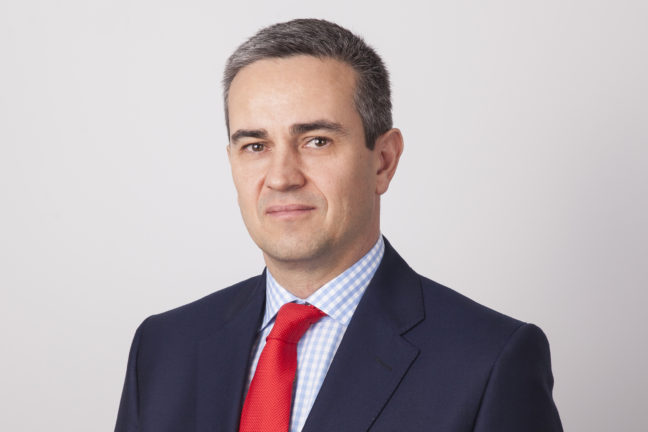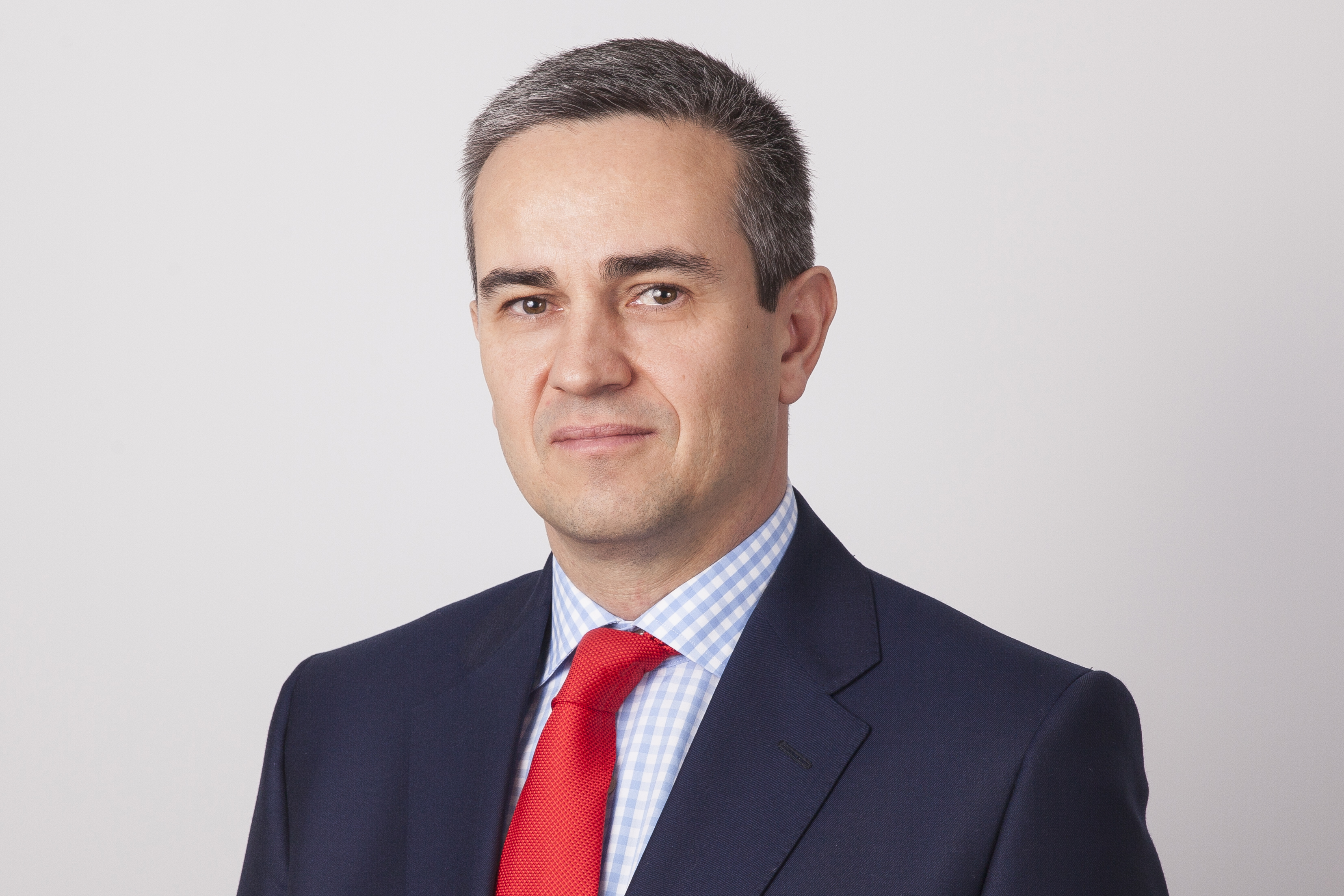Eliecer Pérez Simón
Partner en
Rivero & Gustafson
¿Qué balance haría de la actividad transaccional del mercado español en el primer trimestre del año? ¿Considera que 2017 será un buen año en términos de número e importe de operaciones?
En nuestra experiencia el primer trimestre del año 2017 ha sido positivo desde el punto de vista de las operaciones de M&A llevadas a cabo o en proceso de realización en España. Nuestras previsiones para el año 2017 son optimistas y creemos que será el año de la recuperación, especialmente en el sector inmobiliario, ya que la inestabilidad política del año 2016 pasó factura en términos de actividad corporativa al afectar a la confianza de los inversores y de los mercados. Asimismo, la financiación está fluyendo en mejores condiciones lo que anima a las empresas a aumentar sus inversiones buscando oportunidad de crecimiento.
Está usted especializado en el mercado inmobiliario, el sector que contabiliza más operaciones, con diferencia, en España. ¿Considera usted que está creciendo aún más el interés de los inversores extranjeros por activos inmobiliarios españoles? ¿Por qué? ¿Cree usted que el mercado español tiene capacidad para salir a invertir regularmente en activos inmobiliarios en el extranjero?
En efecto, el interés de los inversores extranjero en los activos inmobiliarios sitos en España es alto, tanto en activos residenciales como comerciales y hoteleros, debido en gran medida a que el precio sigue siendo atractivo, todo ello unido a la calidad de los inmuebles y la rentabilidad que ofrece el mercado español. En cuanto a la capacidad de las entidades españolas para invertir regularmente en activos inmobiliarios en el extranjero, creo que la misma se mantiene y se centra en activos de primer nivel situados en las grandes capitales del mundo.
La compraventa de un activo inmobiliario se estructura en muchas ocasiones a través de la adquisición de una empresa que tiene como único objeto la tenencia del activo en cuestión. ¿Por qué esta práctica está tan extendida? ¿Qué diferencia hay, a efectos prácticos, entre tener la propiedad directa de un activo o tener la propiedad de la empresa propietaria del activo?
Por motivos fiscales y de una mejor estructuración del patrimonio del sujeto inversor. La adquisición de la sociedad tenedora del inmueble en lugar de la compra directa del mismo, puede conllevar para las partes implicadas un importante ahorro impositivo tanto en tributación directa como indirecta y municipal. La explotación empresarial de un inmueble por un empresario individual supone tener que hacer frente a una tributación de los rendimientos a su tipo marginal de IRPF, frente al tipo fijo del Impuesto sobre Sociedades. Asimismo, la tenencia del inmueble por una sociedad limita el riesgo empresarial al valor patrimonial de la misma, sin que la suerte que corra dicha inversión afecte al resto del patrimonio del inversor titular de la sociedad.
¿Qué otros sectores considera usted que serán importantes en 2017? ¿Por qué?
Desde nuestro punto de vista otros sectores al margen del inmobiliario que atraerán la atención de los inversores y de otras empresas de su propio sector serán el energético, el farmacéutico y, como no, el financiero. Este último movido por las operaciones de consolidación del sector y crecimiento de las grandes entidades españolas.
A lo largo de su carrera profesional ha trabajado usted tanto en despachos independientes, como es el caso de Rivero & Gustafson Abogados, como en departamentos jurídicos dentro de determinadas compañías. A la hora de llevar a cabo operaciones corporativas de M&A, ¿considera usted que ambos actores son complementarios o cree que son sustitutivos? ¿Por qué?
Considero que la figura de los asesores jurídicos internos y la de los abogados de despachos en operaciones corporativas son totalmente complementarias. No puedo entender una operación corporativa de calado que no cuente con el asesoramiento externo de un despacho que dé apoyo al departamento jurídico interno, tanto por un tema de recursos como por especialización en este tipo de operaciones. Los asesores jurídicos internos aportan el conocimiento del sector concreto en el que se desarrolla la operación así como las especiales condiciones de su entidad, lo que les permite coordinar a los distintos actores implicados en este tipo de transacciones, mientras que el despacho aporta su experiencia más los medios precisos para poder preparar en debida forma y con garantía para su cliente la ingente documentación jurídica que genera una operación corporativa.








